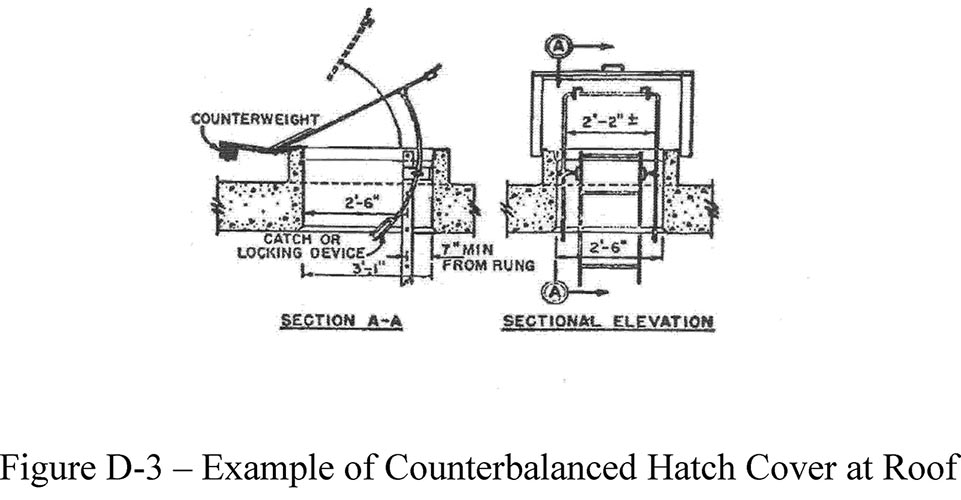Information is included about when roof work is classed as high risk construction work and what you must do if this is the case.
Safe roof access regulations.
The supervisor of maintenance and coordinator of sites and design are responsible to ensure all new equipment meets and are installed according to applicable regulations.
Safe roof access procedures no.
Roof hatches are a convenient way for workers to access a rooftop and can provide an important access point as an emergency exit or for emergency workers in the case of fire.
The appropriate implementation of fall protection regulations on rooftops can help keep a safe roof environment.
Single storey roof where the roof itself is flat or almost flat structurally stable and non slippery safe work procedures e g.
Know the pitch of the roof and follow the appropriate standard.
Steep roof above 4 12 slope 29 cfr 1926 501 b 11.
Typical methods to access roofs are.
When service technicians access your roof their priority is to work on the equipment at hand.
Safe access to a roof requires careful planning particularly where work progresses along the roof.
Low slope roof 4 12 slope or less 29 cfr 1926 501 b 10.
Even the simple act of strolling across high traffic areas can weaken surfaces.
Ensuring workers maintain a 2 metre distance from all exposed edges when working on the roof and the safe use of ladders may be sufficient to minimise the risk of a fall.
In addition to keeping contractors safe you also want to ensure your roof isn t being abused from careless contact.
Fixed or mobile scaffold towers.
The states have oh s regulations and codes of practice which detail specific requirements for access and fall prevention.
A bu 539 18 page 2 of 6 3.
Roof edges and openings.
Further information on falls is in the code.
Falls from roof edges occur on both commercial and.
Employers must provide the right equipment employers must provide fall protection and the right equipment for the.

